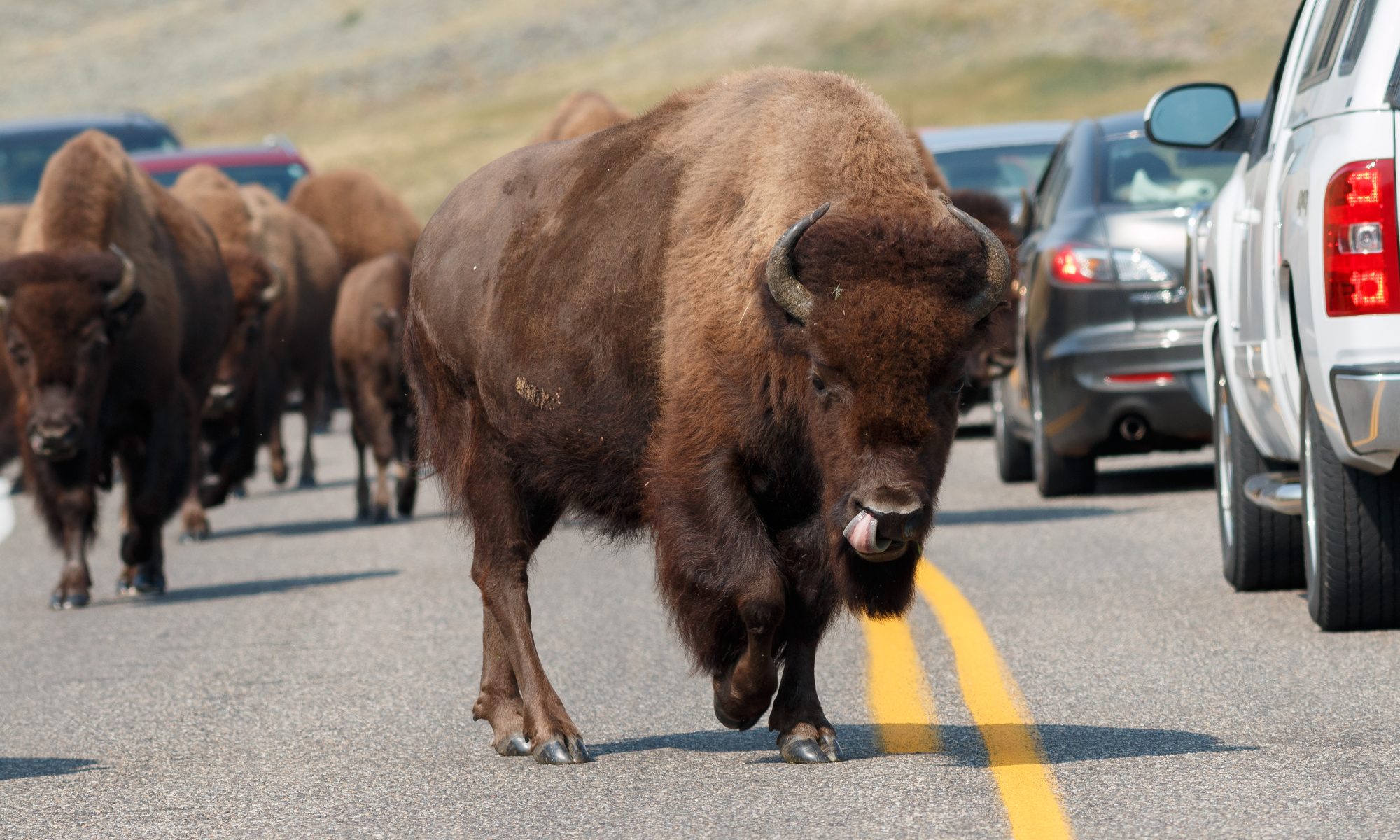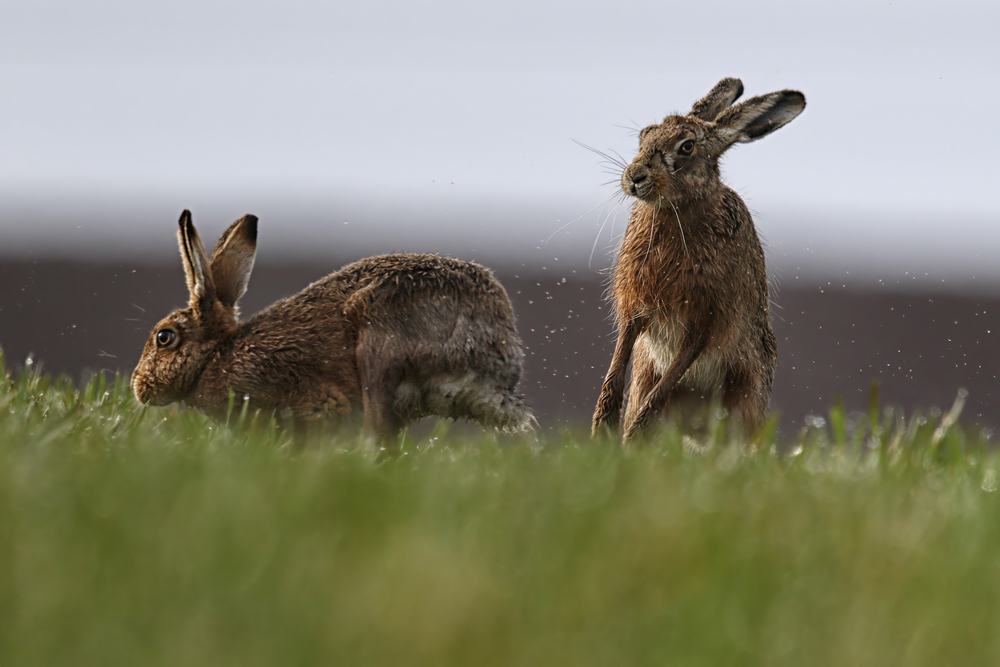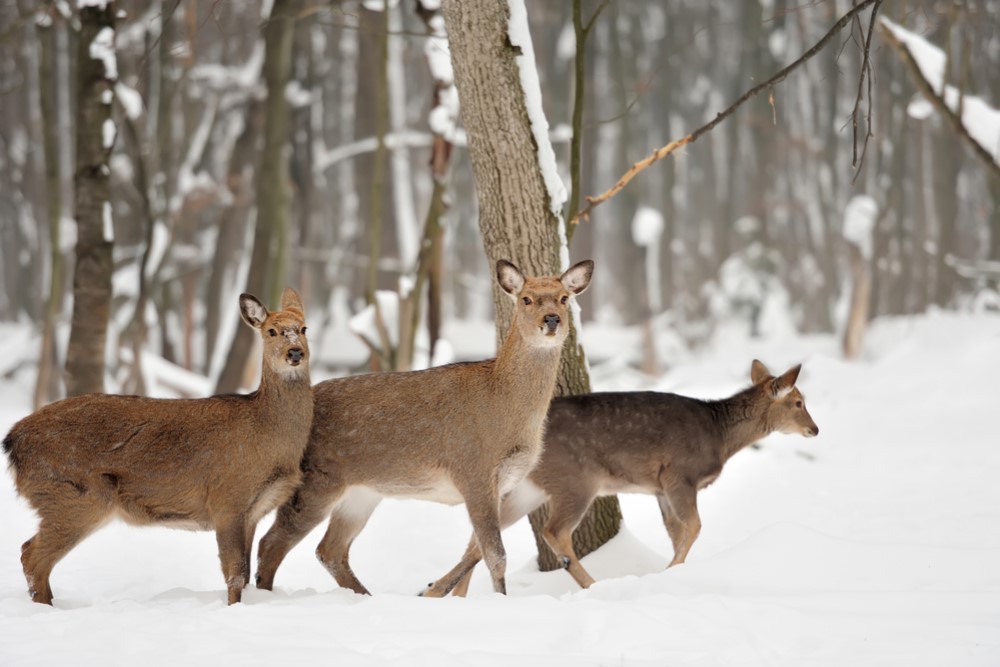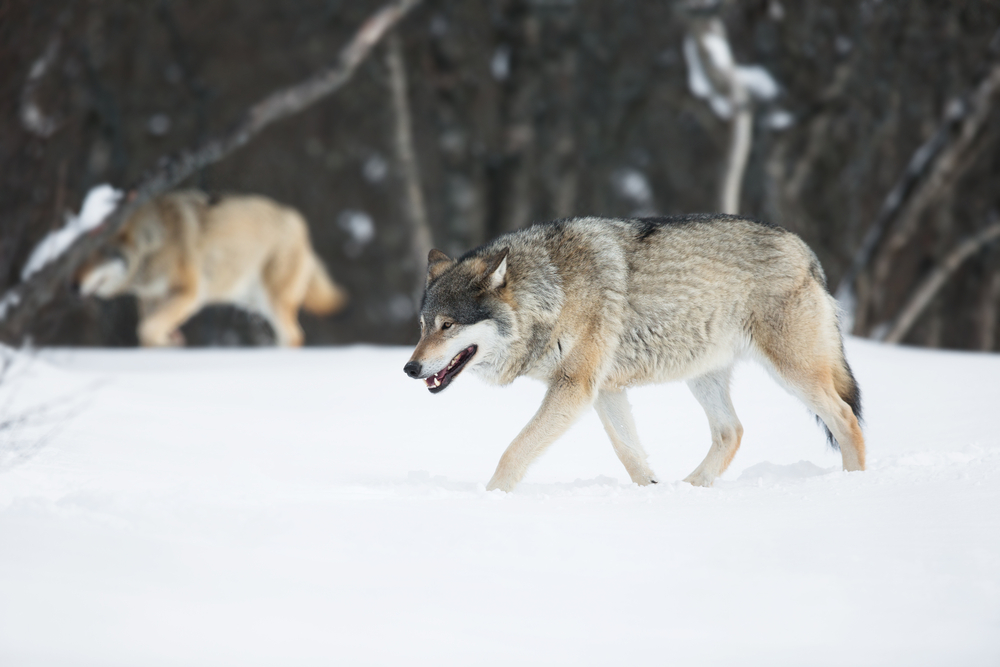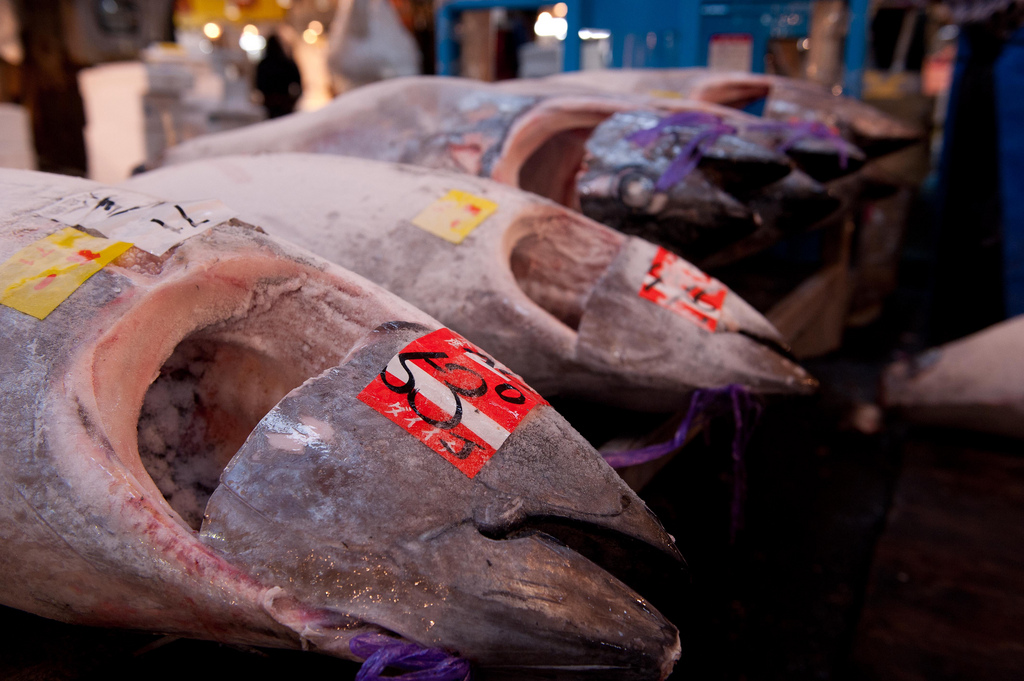In late May of this year, Clifford Waters pled guilty to one count of “of feeding, touching, teasing, frightening or intentionally disturbing wildlife” in Yellowstone National Park. The punishment for the crime was a fine of $1000, half of which went to Yellowstone’s wildlife fund. Waters was charged with the crime after he helped a newborn bison cross the Lamar River when the animal had become separated from his mother and the rest of his herd.
Waters was unaware that his act of assistance could lead to the young bison’s rejection by the herd. Unfortunately, that is indeed what happened. The bison survived the incident but was later euthanized by park staff because of his hazardous habit of approaching cars and people at the park. Representatives of the park claim they could not remove the animal to a sanctuary due to a local law prohibiting the removal of bison from the park except for use in scientific research or slaughter.
Many argue that it is difficult to see how justice was done or welfare protected in any aspect of this case. It is important, of course, for many reasons, that human beings do not interfere too much in the lives of wildlife. When humans feed or otherwise intervene in the lives of wild animals, it can be dangerous for the animals. In this case such behavior led the calf to be socially ostracized.
Behaviors that are safe for humans may not be safe for other animals, and foods that may be healthy for human consumption may cause serious health problems for other animals. Human behavior also often leads to the destruction of animal habitats which can put animal lives and social structures at risk. Too much interaction can also be dangerous for humans. In addition to the violence to which an animal might resort if they feel threatened, if an animal becomes too comfortable with humans, there may be a higher incidence of zoonotic disease spread and disruption of natural ecosystems. For all of these reasons, it may be important to have laws discouraging people from engaging in potentially harmful interactions with wild animals. Bison, in particular, are known to gore humans when humans get too close.
In many ways, this is a case study in how we understand and apply philosophical principles related to moral responsibility. Some are concerned about this feature of the human element of the story. It is true that some humans interact with non-human animals in reckless and irresponsible ways. Humans often risk their lives to get selfies with animals, causing the animals to feel threatened and to respond with defensive, often violent behavior. Consider, for example, a 27-year old Indian man who was trampled to death while trying to snap a selfie with a wild elephant or the man in China who was killed when dragged into the ocean by a 1.5 ton walrus with whom the man was trying to get a picture.
These are both tragedies, but these victims also had very different motivations from Waters who was attempting to save the bison. Waters wasn’t acting in his own self-interest. He was not treating the bison as a tool for his own entertainment. He was exhibiting empathy for the creature and put himself in harm’s way to attempt to rescue it. His behavior was evidence of virtues of character such as courage as compassion. Park staff and prosecutors could have made the decision to look the other way in this case given the circumstances, but they opted not to do so.
This decision strikes many as an injustice. When we hold people responsible for their actions, it should be in light of a guilty, reckless, or negligent mental state. We shouldn’t punish people for being kind. Still, we need these kinds of external sanctions to prevent people from doing harmful things even when they don’t know they’re harmful. These sanctions are likely to deter the individuals involved from engaging in such behavior again and also deter other people from engaging in high-risk behavior with animals in the future. That said, the fact that these laws can serve as deterrents doesn’t entail that they should be used in every case. This might have been a case that called for some discretion.
Those who made the decision might argue that these laws are in place to help the animals. Under other circumstances, this may seem plausible, but in light of the way the rest of this story played out, that explanation is hard to swallow. Animals at Yellowstone are held responsible for their behavior in cases in which it is not possible for them to have “guilty minds.” Bison aren’t committing premeditated murder, for instance, when they gore a human being approaching their calf. Moreover, it’s not reasonable to hold animals accountable with their very lives for “nuisance” behavior when it is humans who ultimately caused that behavior; humans are encroaching on the habitats of these animals and park staff are aware that it was human behavior that led to the bison’s behavior in this particular case. Human colonizers nearly caused the outright extinction of bison. Putting them in a vulnerable position creates a care-based duty to protect them.
It is safe to say that bison aren’t protected when they are euthanized. Laws that prohibit transfer of individual animals to sanctuaries ought to be re-evaluated. Current policy is anthropocentric — we can remove animals from the park only to serve certain kinds of human interests — they can be removed for slaughter or for use in scientific research. This is, in part, to prevent the spread of brucellosis which can spread to deer, elk, and domestic cattle. In recent years, bison who have been certified brucellosis free have been transported to tribal reservations. This may sound like an appropriate response — tribal members have historical and cultural relationships with bison. However, Yellowstone’s bison conservation website explains what happens to bison on tribal lands: “We transfer captured bison to Tribes who transport them to slaughterhouses for processing.” The word “processing” in this case is, of course, a euphemism. It makes no difference to a bison who is doing the killing, the result is the same — the deprivation of future experiences. The bison who was euthanized in this case wasn’t even deemed eligible for the tribal program. He became a danger to people who didn’t follow posted rules and paid with his life.
Our judgments about the appropriateness and severity of punishments should be based on defensible reasoning about free will, moral responsibility, and the nature of wrongdoing. Should humans be punished for extending empathy toward animals? Should animals be executed for feeling threatened when humans come too close? Does it make sense to punish someone for inadvertently harming an animal while at the same time routinely shipping those same animals off to be killed or experimented on?

